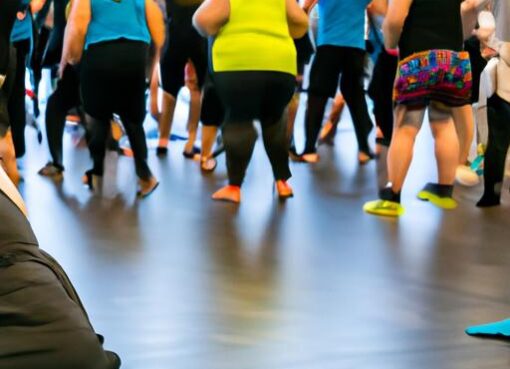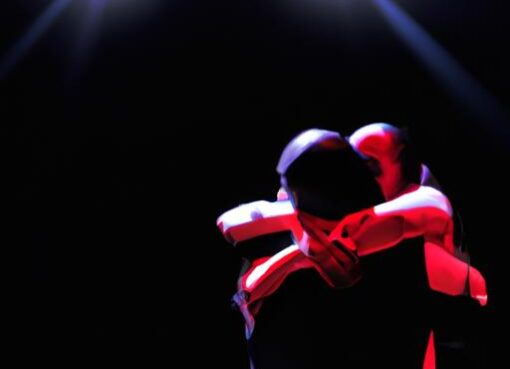The Art of Folk Dance: Preserving Culture Through Movement
Introduction
folk dance, a vibrant expression of culture and tradition, embodies the soul of communities worldwide. Defined as a form of dance developed by a group of people reflecting their customs and heritage, folk dance transcends mere movements – it tells stories, celebrates history, and unites generations. Its significance extends beyond mere entertainment; folk dance serves as a powerful vessel for preserving cultural identity and passing down invaluable traditions.
In various cultures, folk dance holds a profound importance, acting as a mirror reflecting the values, beliefs, and history of a community. Whether it’s the lively Irish jigs, the graceful Indian classical dances, or the spirited African tribal rhythms, each step and gesture in folk dance carries a legacy of generations past. Through the rhythmic movements and symbolic gestures of folk dance, we witness a living tapestry of human experience, connecting us to our roots and fostering a sense of belonging in an ever-evolving world. Join me as we delve deeper into the enchanting world of folk dance and uncover the treasures it holds for us all.
History of Folk Dance
Origins of Folk Dance
Unveiling the origins of folk dance unveils a rich tapestry of human history. Rooted in the ancient customs and traditions of diverse cultures, folk dance emerged as a communal celebration of life, harvest, and rites of passage. From the spirited circle dances of Greece to the colorful Maypole dances of Europe, each movement in folk dance carries echoes of the past, echoing the joys and sorrows of generations long gone. These dances often depict narratives of love, war, and everyday life, offering a glimpse into the collective consciousness of a people.
Evolution of Folk Dance over Time
As civilizations evolved and cultures intermingled, folk dance underwent a metamorphosis, adapting to changing times while retaining its core essence. From traditional village gatherings to global stages, folk dance has transcended geographical boundaries, captivating audiences with its authenticity and vibrancy. The fusion of different dance styles and the infusion of modern elements have breathed new life into age-old traditions, ensuring that folk dance remains a dynamic and evolving art form. Through the centuries, folk dance has endured as a testament to the resilience and creativity of humanity, bridging the past with the present in a timeless dance of unity and diversity.
Benefits of Folk Dance
Physical Benefits of Participating in Folk Dance
Engaging in folk dance not only nourishes the soul but also invigorates the body. The rhythmic movements, footwork, and coordinated gestures involved in folk dance serve as a dynamic form of exercise, enhancing cardiovascular health, improving flexibility, and strengthening muscles. Through the joyous act of dancing, individuals can boost their physical fitness levels while reveling in the cultural richness of each step.
Emotional and Mental Benefits of Folk Dance
Beyond the physical realm, folk dance offers a sanctuary for emotional and mental well-being. The communal aspect of folk dance fosters a sense of belonging and camaraderie, uplifting spirits and reducing feelings of isolation. Furthermore, the expressive nature of dance allows individuals to channel their emotions, release stress, and enhance their overall mental clarity. By immersing oneself in the enchanting world of folk dance, one can experience a profound sense of joy, connection, and inner peace.
How to Learn Folk Dance
Resources for Learning Folk Dance
Embarking on a journey to learn folk dance opens a gateway to a world rich in culture and tradition. Fortunately, numerous resources exist to guide you on this enchanting path. Local dance studios, community centers, and cultural organizations often offer classes in various forms of folk dance, providing firsthand experience and expert guidance. Additionally, online platforms host tutorials, workshops, and virtual classes, enabling individuals to learn at their own pace from the comfort of their homes. Whether you prefer the energy of in-person instruction or the flexibility of virtual learning, these resources cater to diverse learning preferences, making the art of folk dance accessible to all.
Importance of Preserving and Passing Down Folk Dance Traditions
As we immerse ourselves in the beauty of folk dance, we recognize the crucial role of preserving and passing down these timeless traditions. Each dance step, each rhythm, carries within it the essence of a culture, embodying the stories and values of generations past. By learning and practicing folk dance, we become stewards of these traditions, ensuring their continuity for future generations to cherish and celebrate. Preserving folk dance not only honors our cultural heritage but also fosters a sense of unity and connection within communities, bridging gaps across generations and fostering a shared sense of identity. In embracing the legacy of folk dance, we not only learn the steps but also carry forward the spirit of our ancestors, keeping their stories alive through the universal language of movement.
Conclusion
Folk dance stands as a timeless testament to the richness of human culture, weaving together the threads of tradition, history, and community. By embracing the diversity of folk dance traditions from around the globe, we honor the unique expressions of each culture and celebrate the universal language of movement. As we twirl, step, and sway to the rhythms of folk dance, we not only connect with our roots but also bridge the gap between generations, ensuring that the flame of tradition continues to burn brightly.
In a world constantly evolving, folk dance serves as an anchor, grounding us in the timeless melodies of the past while propelling us forward into the future. Let us continue to cherish and preserve the art of folk dance, for in its steps lie the stories of our ancestors and the hopes of generations yet to come. Embrace the beauty of folk dance, and let its rhythms guide you on a journey through the heart and soul of humanity.

